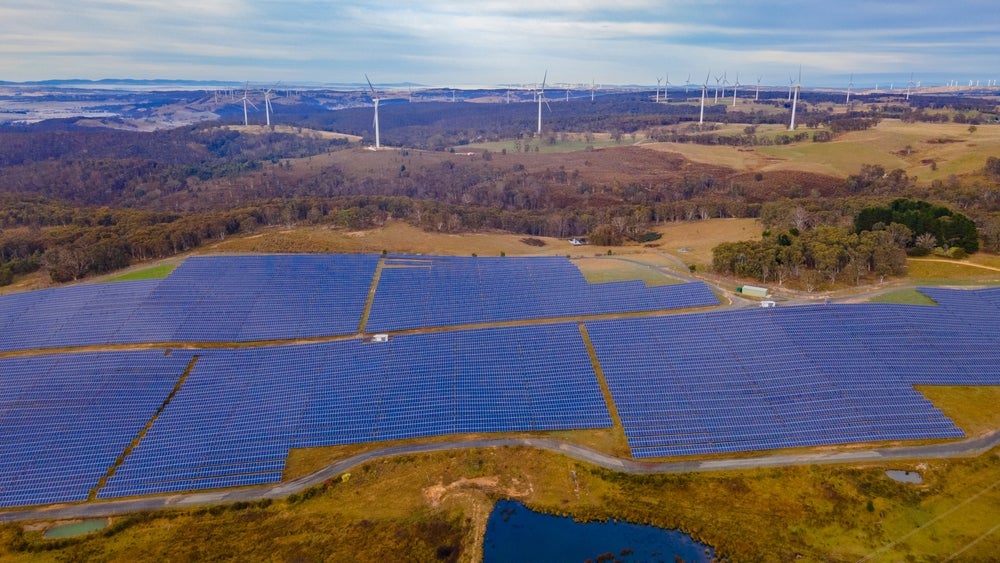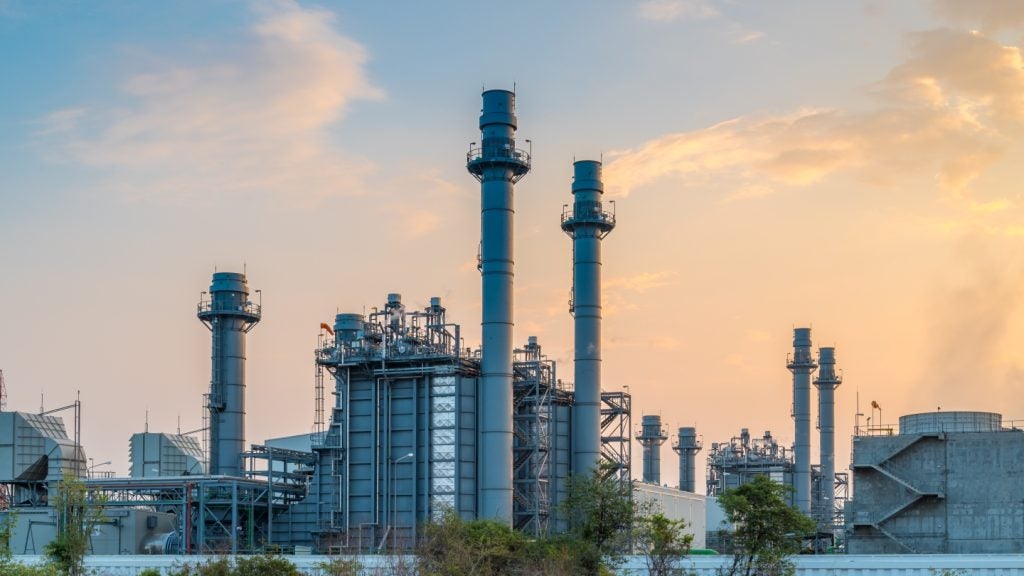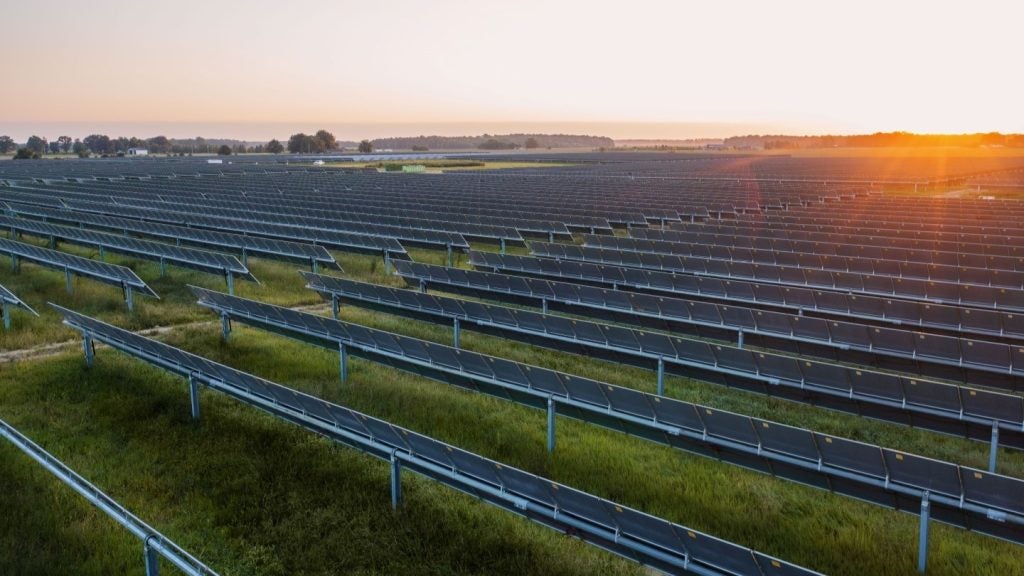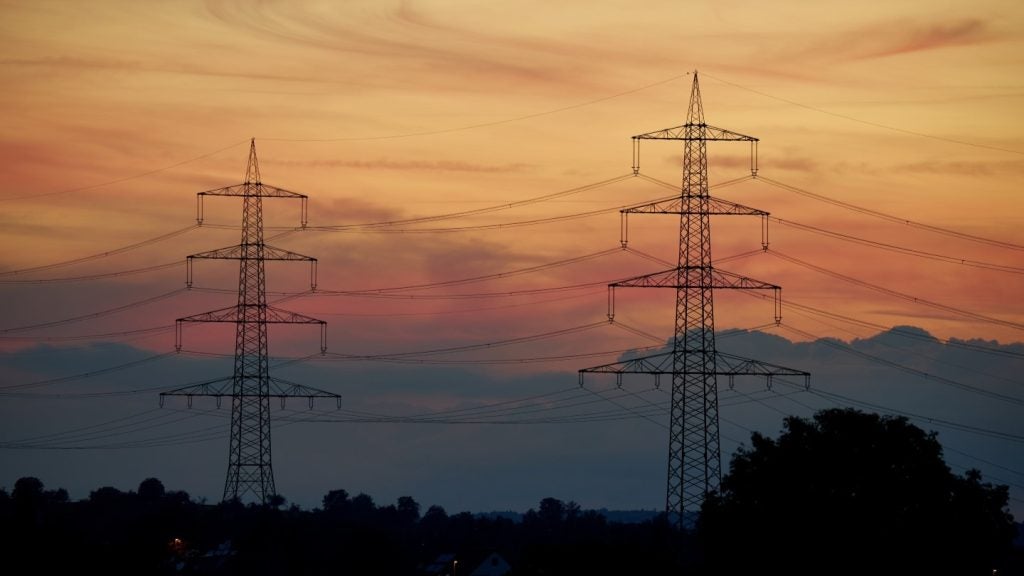The Canadian Government has announced nearly C$20m ($14.57m) in federal funding to the provinces of Nova Scotia and New Brunswick to help them phase-out coal-fired electricity generation by 2030. The government has also provided them with C$7m to help build an SMR at Point Lepreau in New Brunswick.
Minister of Energy and Natural Resources Jonathan Wilkinson was one of the signatories of the Joint Policy Statement on Developing and Transmitting Clean, Reliable and Affordable Power in Nova Scotia and New Brunswick, along with Nova Scotia Premier Tim Houston and several others.
The first part of the plan involves identifying the necessary investments to support the phase-out of coal-fired power by 2030. The second part of the plan will identify forms of clean electricity generation that can make up the shortfall.
Included in the second part of the plan is C$7m devoted to the pre-development of ARC Clean Technology Canada’s SMR at Point Lepreau in New Brunswick. A further C$2m has been pledged to explore the feasibility of converting the Belledune coal-fired power station in New Brunswick from coal to sustainably sourced biomass.
New Brunswick Premier Blaine Higgs said: “It is important to realise that none of this will be possible without substantial federal funding, and I look forward to future commitment in that regard.”
SMRs have received considerable attention as nations increasingly look towards nuclear as a renewable energy source. They have a power generation capacity of up to 300MW per unit, only a third of the capacity of traditional reactors. However, the small and modular nature of their design means they can be sited at locations unsuitable for larger nuclear power plants. The technology is specifically designed to save on cost and construction time.
Nevertheless, SMRs are not forecast to hit the commercial market before 2030, and there are concerns regarding their economic competitiveness, especially compared with other renewable sources such as wind and solar. M V Ramana, author of The Power of Promise: Examining Nuclear Energy in India, said: “The gap between nuclear power and renewables in large and growing. While nuclear costs have increased with time, the levelised cost of electricity for solar and wind has declined rapidly, and this is expected to continue over the coming decades.”
















